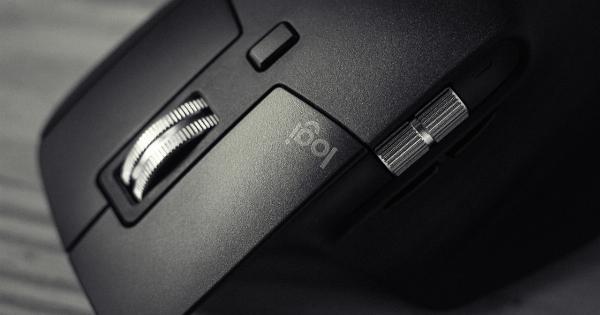MIT researchers have developed a new telecommunications system that has shown promising results in improving stroke recovery.
The system is designed to be used in conjunction with traditional physical therapy and rehabilitation exercises and has been shown to significantly improve patient outcomes.
The Problem with Traditional Stroke Recovery Methods
Stroke is a serious condition that affects millions of people every year. One of the biggest challenges with stroke recovery is that it is a time-intensive process that requires significant resources, both in terms of money and personnel.
Traditional rehabilitation methods rely heavily on physical therapy and exercise, which can be taxing on both patients and therapists. Furthermore, many stroke patients have mobility issues that make it difficult for them to engage in traditional forms of exercise.
As a result, researchers have been investigating alternative approaches to stroke recovery that can help patients regain their mobility and independence more quickly and with less effort.
How it Works: The MIT Telecommunications System
The MIT telecommunications system is designed to complement traditional physical therapy and rehabilitation exercises by providing patients with an engaging and interactive way to exercise and improve their mobility.
The system uses a combination of virtual reality technology and advanced sensors to create an immersive exercise environment that is tailored to each patient’s needs.
Patients wear a set of sensors that track their movements and send data back to a computer that generates real-time feedback.
This feedback is then used to adjust the virtual environment to better match the patient’s movements and provide them with an engaging and challenging exercise experience.
The Benefits of the MIT Telecommunications System
One of the biggest benefits of the MIT telecommunications system is that it provides a more engaging and interactive exercise experience for stroke patients.
The virtual reality component of the system allows patients to feel like they are actually doing something, even if they are unable to move much on their own. This can be a powerful motivator for patients who may be struggling with traditional exercise regimens.
Furthermore, because the system is tailored to each patient’s needs, it is able to provide more targeted exercise experiences that are better suited to their abilities.
This can help patients recover more quickly and with less effort, which can reduce the overall cost of stroke recovery.
Results of Clinical Trials
Clinical trials of the MIT telecommunications system have shown promising results.
In a recent study, researchers found that stroke patients who used the system in conjunction with traditional physical therapy and rehabilitation exercises showed significant improvements in mobility and independence compared to patients who only received traditional care.
Furthermore, patients who used the system were more likely to stick with their exercise regimens, which can be a key factor in long-term recovery.
Overall, the results of the study suggest that the MIT telecommunications system has the potential to revolutionize stroke rehabilitation methods and improve patient outcomes.
The Future of Stroke Rehabilitation
The MIT telecommunications system is just one example of the innovative new technologies that are being developed to help stroke patients regain their mobility and independence.
As technology continues to advance, we can expect to see more and more exciting new approaches to stroke recovery that can help patients recover more quickly and with less effort.
If you or someone you know has had a stroke, it is important to work closely with your healthcare provider to find the best possible treatment options.
While traditional physical therapy and rehabilitation exercises are still important components of stroke recovery, new technologies like the MIT telecommunications system are providing patients with exciting new ways to improve their outcomes and regain their independence.
Conclusion
The MIT telecommunications system is an exciting new approach to stroke rehabilitation that has shown promising results in clinical trials.
By providing patients with an engaging and interactive exercise environment, the system is able to help them recover more quickly and with less effort than traditional rehabilitation methods. As technology continues to advance, we can expect to see more and more new and innovative approaches to stroke recovery that can improve patient outcomes and help them regain their independence.






























